2023 Proton Exora Premium Review: Still Here 13 Years Later
The Proton Exora soldiers on for another year with some minor changes.
Proton is no stranger to selling the same model for well over a decade with minimal changes. They sold the Proton Saga from 1985 until 2008 – at the end of its life it had a modernised design but was the only new vehicle on sale with a carburetor. They also sold the Wira for 16 years, the first Satria for 12 years, and the Waja for 11. With that in mind, the Proton Exora’s 13 year production life is no anomaly.

For Malaysian customers, the Exora continues to be a best seller in the C-segment MPV market – one that is sparsely populated in Malaysia. That comes down to its excellent value proposition – it offers the only turbocharged engine in the segment and more space than any of its competitors. It’s enough of an advantage for Proton to have updated the MPV twice since the influx of Geely money.

For Proton, the Exora serves two purposes. It plugs a gap in their product line-up until something from Geely arrives with three rows of seats. It’s also the only way they’re able to recoup their investment into the Prevé and Suprima S. Both of these vehicles were co-developed with the Exora and both were axed within months of Geely’s partial take-over.
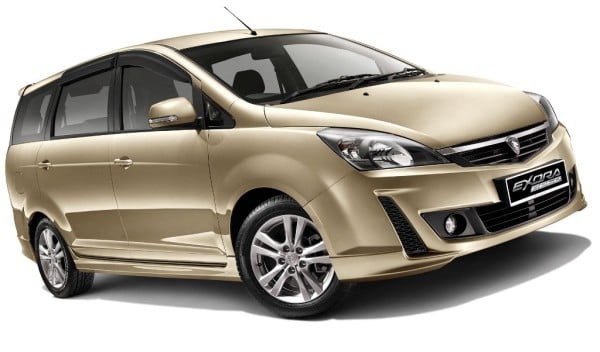
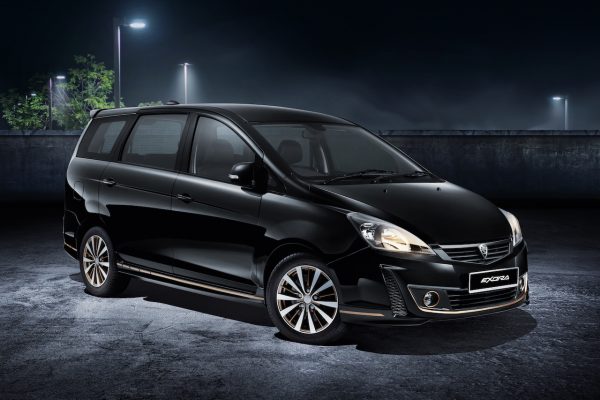

Most of the major changes to the Exora came in an earlier 2019 update. For the 2023 model year they’ve added the new Proton logos, full leather upholstery and an updated oil cooler hose. The rear foglight is gone and there’s a new steering wheel too. It’s really quite a minor change this time around.
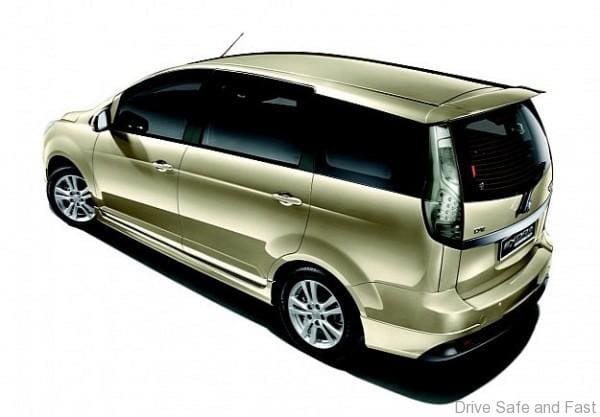

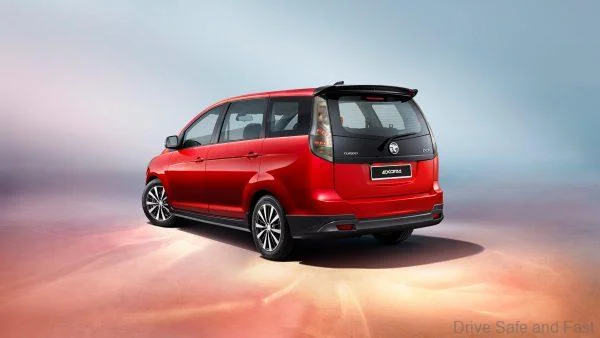
That’s enough preamble for this review. Let’s move on to the meat of it – is the 2023 Proton Exora Premium any good?
Driving Character
To answer this question, I’ll use my experience as an owner of a 2015 Perodua Alza and from my time with the car over the weekend. I drove the car from KL to Penang, spent 3 nights on the island, and then braved a 6-hour traffic jam back home. The car was handed to me with an almost-full tank of petrol. I filled up on the first night in Penang and then topped up an additional 15L of petrol on the way back to KL due to the heavy traffic.

The Exora is tuned to drive a bit like a sports sedan. The steering is heavy and hydraulic assisted – tuned to ‘come alive’ at speeds north of 70km/h. The brakes (discs all around) bite pretty hard with rather shallow pedal travel. Suspension is firm but well dampened, relying on the stiff chassis to absorb surface imperfections. I suspect this was a by-product of co-developing this people-mover alongside the Prevé and Suprima S. In an MPV, this sort of driving character is out of place. It’s probably the fastest new car below RM70,000 – but nobody needs it to be.

The Exora’s out-of-place driving character is also not helped by the transmission. The gearbox in the Exora remains a CVT from Punch. It’s loud, clumsy, and ‘rubber-bandy’. It under-delivers on every front save fuel efficiency. The whole package would have been better served by a conventional automatic.

Good:
- Decent highway fuel economy for its size
- A dynamic chassis and loads of performance
- Has its moments of brilliance
Bad:
- Not intuitive or comfortable to drive at low speeds
- The ride’s too dynamic for an MPV at medium-to-high speeds
- Gearbox is too loud and unpleasant

Exora Practicality
One thing Proton got right with the Exora is the space and practicality. There is literally no car that comes anywhere close to the Exora in this regard. The Perodua Alza I own is a much more pleasant daily runabout but the Exora just has so much more space everywhere you look.

The front seats feature individual armrests and a commanding view of the road with height adjustment for the driver. The middle row is genuinely wide and has a centre armrest and rear air blowers – both missing on my particular version of the Alza.


The 2nd row of seats also tumbles forward for easier access to the 3rd row. The rearmost row also has its own ceiling-mounted blowers and the seats themselves are actually usable. They’re not a great place to be, but they’re not too bad given the size of the vehicle. There are a couple of useful cubby holes in the rear too.
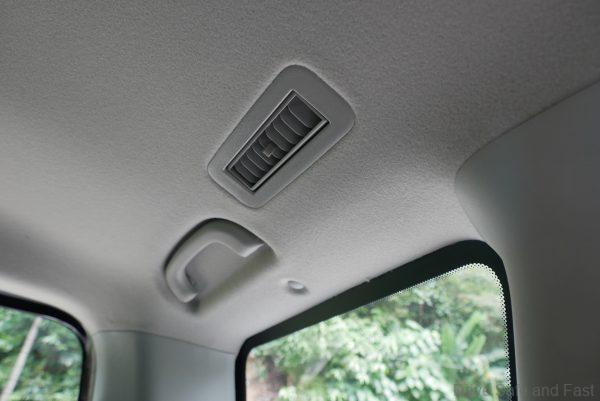

Finally, there’s the Exora’s ability to move cargo. With all 3 rows up, there’s actually just enough room in the boot for a couple of duffel bags and backpacks. Flatten the rearmost seats and you have the biggest boot in its price segment. With the middle row folded flat as well for endless cargo-hauling possibilities. The Alza can do this as well, but the Exora’s added size makes a difference here.


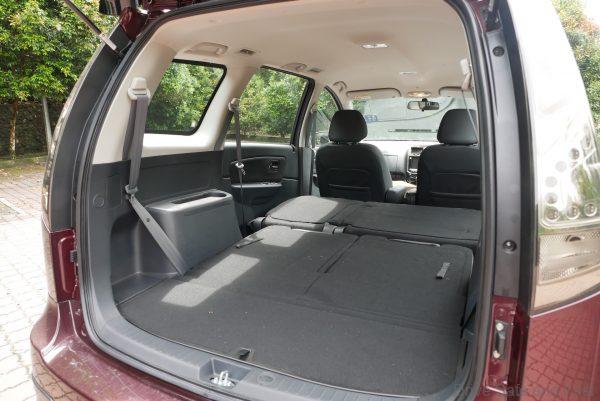

Good:
- Actually usable space for 5 adults and 2 children
- Air cond blowers for the rear rows
- Very good cargo space

Bad:
- USB ports and power socket only in the front
- Leatherette material gets hot in our weather
- 7″ infotainment unit is not the best sounding or easiest to use

Conclusion
The Proton Exora is a tough one to recommend as a daily driver. It’s fine as a long-distance cruiser, but in stop-and-go traffic and in-city driving, it’s a tiring car to drive. That being said, I understand why Proton continues to offer this vehicle in 2022.

You could spend a lot more and not find an MPV this big or with this much power and torque. There are plenty of Malaysians that simply don’t want to buy a used vehicle. For those people, the Exora is simply the only choice. As long as you have something else in the garage to do your daily drives in, I reckon the Exora could work out really well as a weekend car for long distance trips with the whole family.
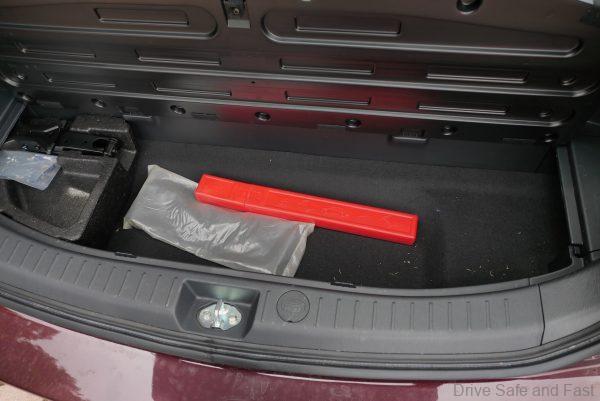



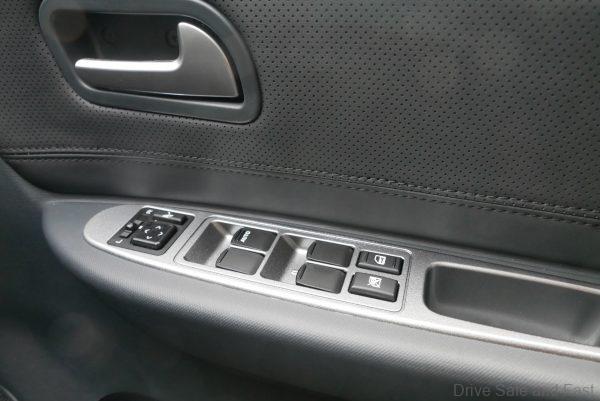
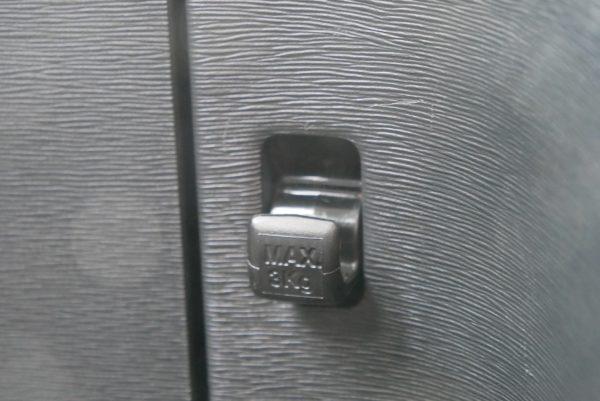
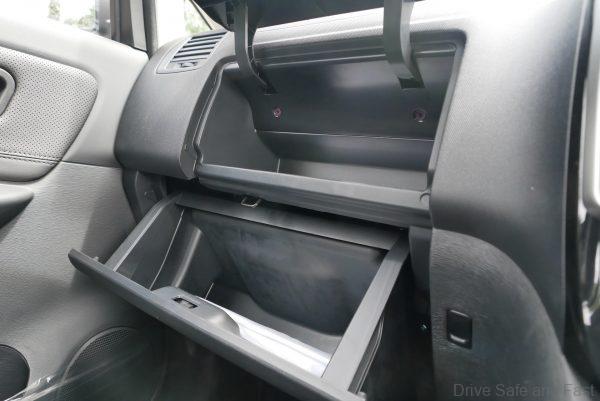

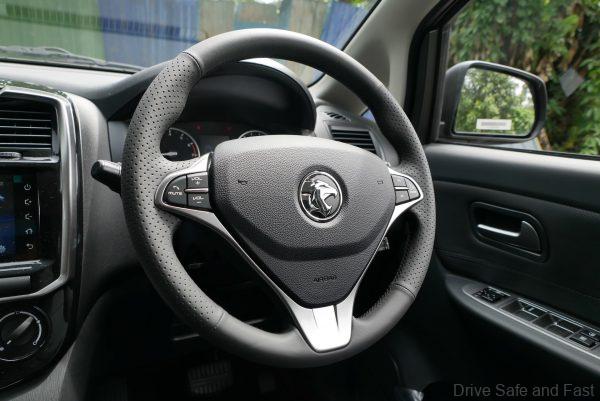
2023 Proton Exora Premium Specifications
Engine: Inline-4, 16-Valve, DOHC, Turbocharged Petrol
Capacity: 1561cc
Gearbox: Continuously Variable Transmission
Max power: 138hp @ 5,000rpm
Max torque: 205Nm @ 2,000rpm
Price: RM69,800